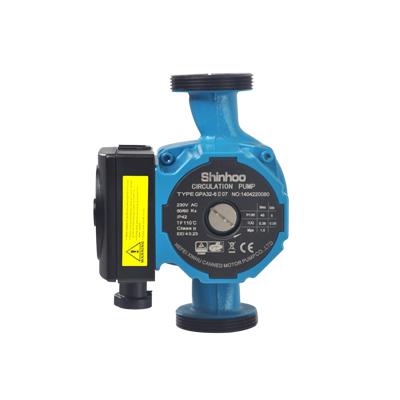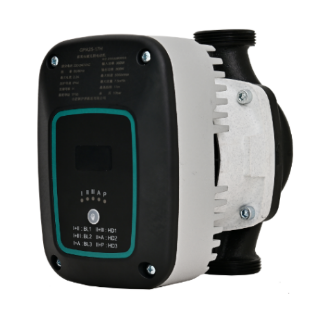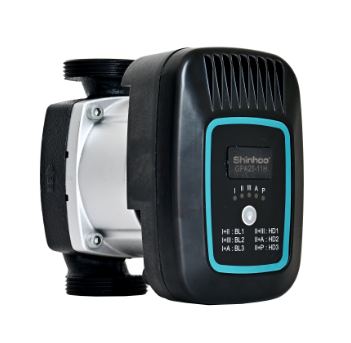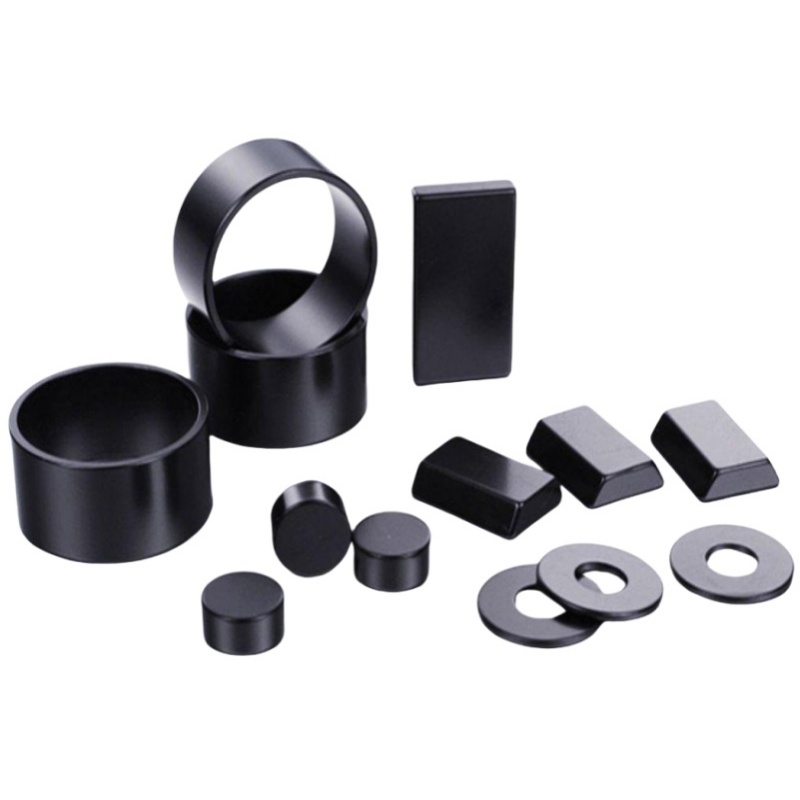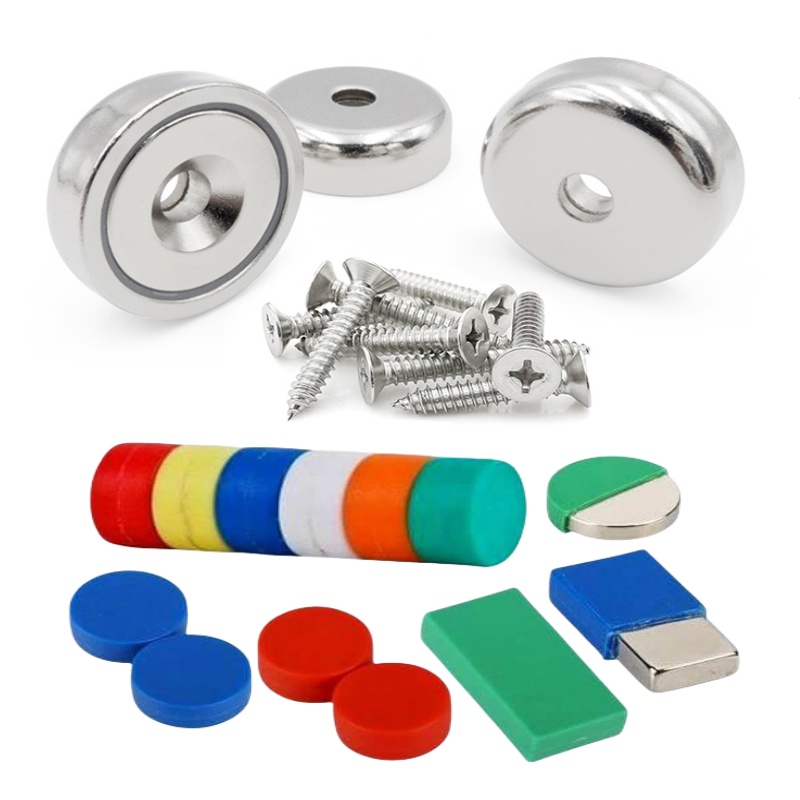Checking if a heat cable (also called heat tape) is working properly is important to prevent freezing pipes or roof ice dams. Here’s how to verify its functionality:
1. Visual Inspection
-
Check for physical damage (cracks, frayed wires, or burnt spots).
-
Look for indicator lights (some heat cables have a small light showing power is on).
2. Touch Test
-
For pipes: Feel along the cable (carefully—it shouldn’t be scalding hot). It should be warm to the touch.
-
For roofs/gutters: Check if ice is melting where the cable is installed (after it’s been on for a while).
3. Use a Non-Contact Voltage Tester (For Plug-In Cables)
-
Turn on the heat cable and hold the tester near the cord or outlet—it should detect voltage if power is flowing.
4. Check with a Multi-meter (For Hardwired or Suspected Faulty Cables)
-
Unplug the cable and set the multi-meter to measure resistance (Ohms Ω).
-
Touch the probes to the prongs of the plug (for plug-in cables) or the ends of the wires.
-
No reading (infinite resistance) = Broken circuit (cable is dead).
-
Low resistance (e.g., 10–100 Ω) = Likely working.
-
Zero resistance (short circuit) = Faulty.
-
5. Monitor Temperature with an IR Thermometer
-
Point an infrared thermometer at the cable—it should read warmer than the surrounding area.
6. Check the Thermostat (If Applicable)
-
Some heat cables have built-in thermostats that only activate below freezing (~38°F or 3°C). Test by cooling the thermostat (e.g., with an ice pack) to see if the cable warms up.
7. Test the GFCI Outlet (If Plugged In)
-
Press the "Test" button on the GFCI outlet to ensure it trips, then reset it. If it won’t reset, the cable may have a short.
8. Look for Ice Buildup (For Roof/Gutter Cables)
-
If installed on a roof or gutter, the cable should prevent ice dams. If ice persists, the cable may be faulty or poorly installed.
Safety Tips:
-
Always unplug the cable before inspecting for damage.
-
Never wrap heat cables over themselves—this can cause overheating.
-
Replace old or damaged heat cables—they can be a fire hazard.
If you’re unsure, consult an electrician or the manufacturer’s guidelines. Let me know if you need help troubleshooting a specific type of heat cable!
